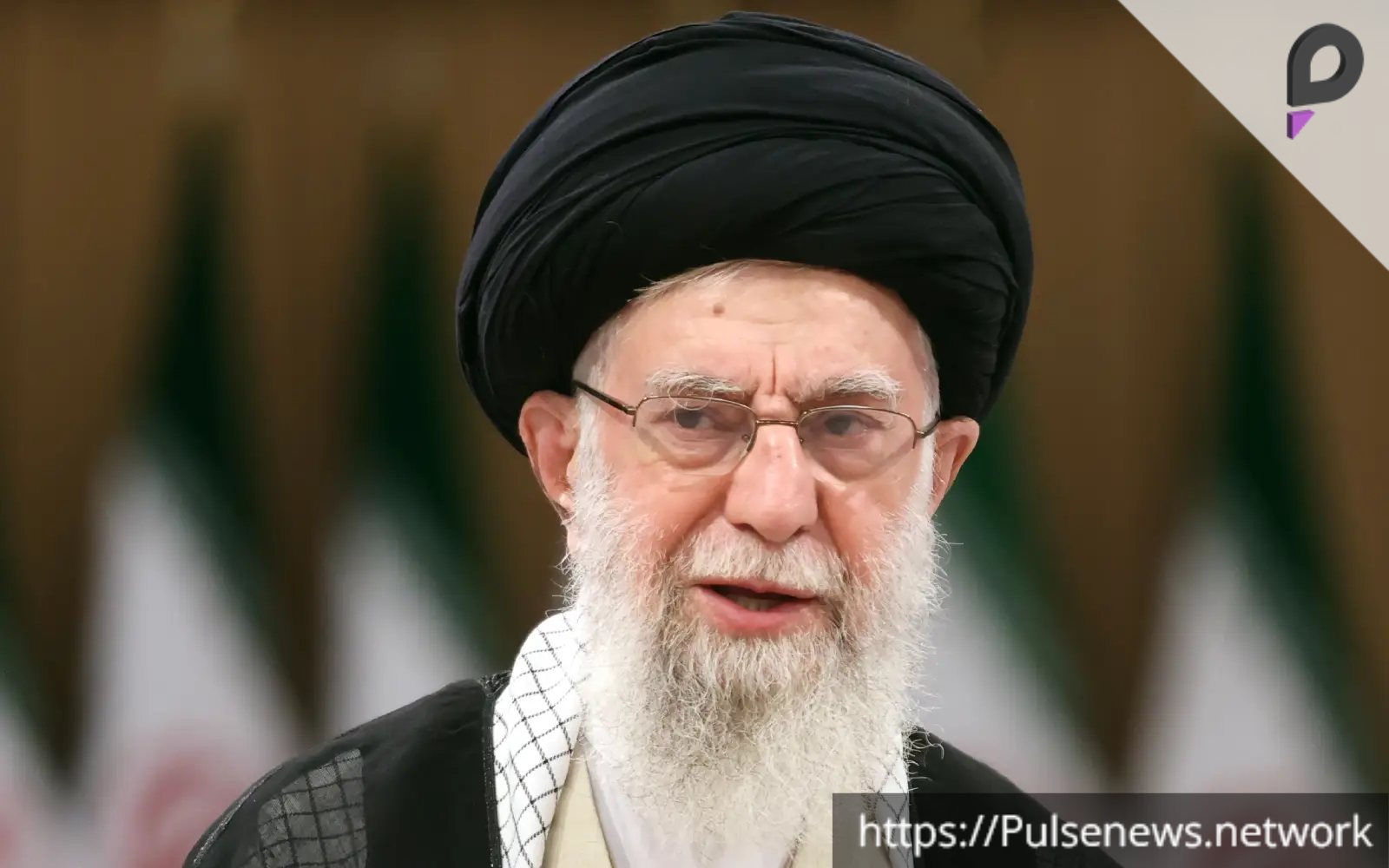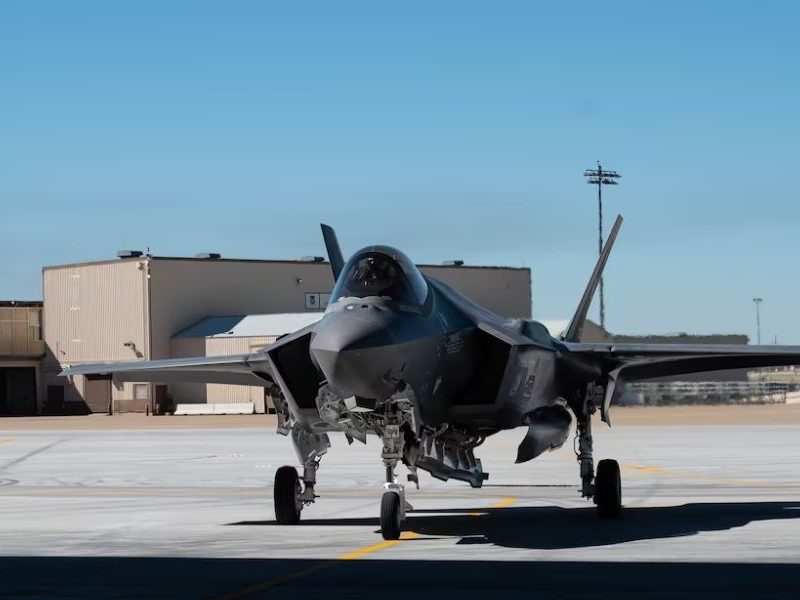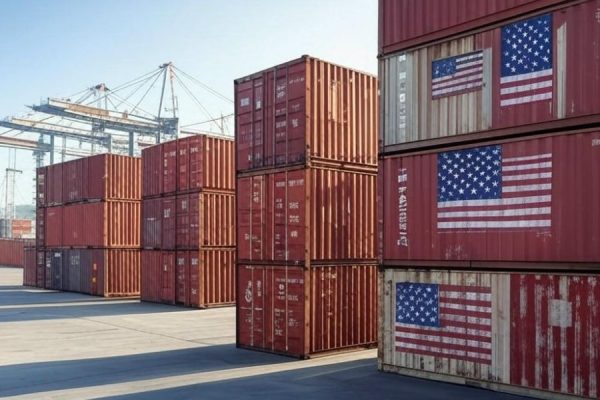Damascus: The Middle East’s political landscape has shifted dramatically, leaving Iran’s once-formidable “Axis of Resistance” in shambles. The fall of key allies like Syrian President Bashar al-Assad and the defection of other regional partners have forced Tehran into a moment of reckoning. As Iran grapples with these seismic changes, questions loom: Will it adopt a more hardline stance, or will it seek reconciliation with the West? And how stable is the regime as it faces internal and external challenges?
Signs of Collapse: Damascus and Beyond
The Iranian Embassy in Damascus, once a symbol of Tehran’s influence, now bears the scars of upheaval. Defaced images of Supreme Leader Ayatollah Ali Khamenei and Revolutionary Guards commander Qasem Soleimani reflect the region’s changing tides. The death of Hezbollah leader Hassan Nasrallah in an Israeli airstrike and the retreat of Bashar al-Assad have left Iran’s regional strategy in tatters.
Despite these setbacks, Khamenei remains defiant. In a recent speech, the 85-year-old leader claimed, “Iran is strong and powerful – and will become even stronger.” Yet the reality on the ground tells a different story. The collapse of Assad’s regime marks a significant blow to Iran’s regional ambitions.
A Strategic Defeat
The October 2023 Hamas attack on Israel set off a chain reaction that left Iran struggling to maintain its foothold in the Middle East. Israeli retaliation has dismantled much of Iran’s regional network. James Jeffrey, a former U.S. diplomat and an expert on Middle Eastern affairs, explains, “The Iranian Axis of Resistance has been smashed by Israel, and now blown up by events in Syria. Iran is left with no real proxy in the region other than the Houthis in Yemen.”
This marks an unprecedented collapse for Iran, whose influence has relied on its network of militias, including Hamas, Hezbollah, and Iraqi Shia groups. With Assad gone and Hezbollah weakened, Tehran’s regional strategy faces its toughest challenge since the 1979 Islamic Revolution.
Iran’s Diminished Role
Iran’s ambassador to Syria, Hossein Akbari, once described Bashar al-Assad as the “front end of the Axis of Resistance.” Yet when Assad’s regime fell, Iran’s weakened position left it unable to intervene. Reports suggest Assad fled to Russia after the rapid collapse of his forces, further underscoring Tehran’s dwindling regional power.
The loss of Assad not only erodes Iran’s military influence but also undermines its ability to project power across the Middle East. This isolation could push Tehran into further political and economic instability, especially as it braces for renewed pressure from a potential second Donald Trump presidency in the United States.
What’s Next for Iran?
As Iran navigates these challenges, its path forward remains uncertain. Domestically, the regime faces growing unrest and economic hardship. Internationally, it must decide whether to double down on its resistance strategy or seek dialogue with Western powers.
One thing is clear: Iran’s ability to wield influence through its network of proxies has been severely diminished. Whether Tehran can adapt to this new reality will shape the region’s future and its own survival.
Conclusion
Iran’s “Axis of Resistance” has crumbled under the weight of regional and international pressures. The fall of Bashar al-Assad and the weakening of its proxies mark a turning point for Tehran’s strategy. As the Islamic Republic faces mounting challenges, its next steps will determine not only its role in the Middle East but also its political survival in a rapidly evolving world.












